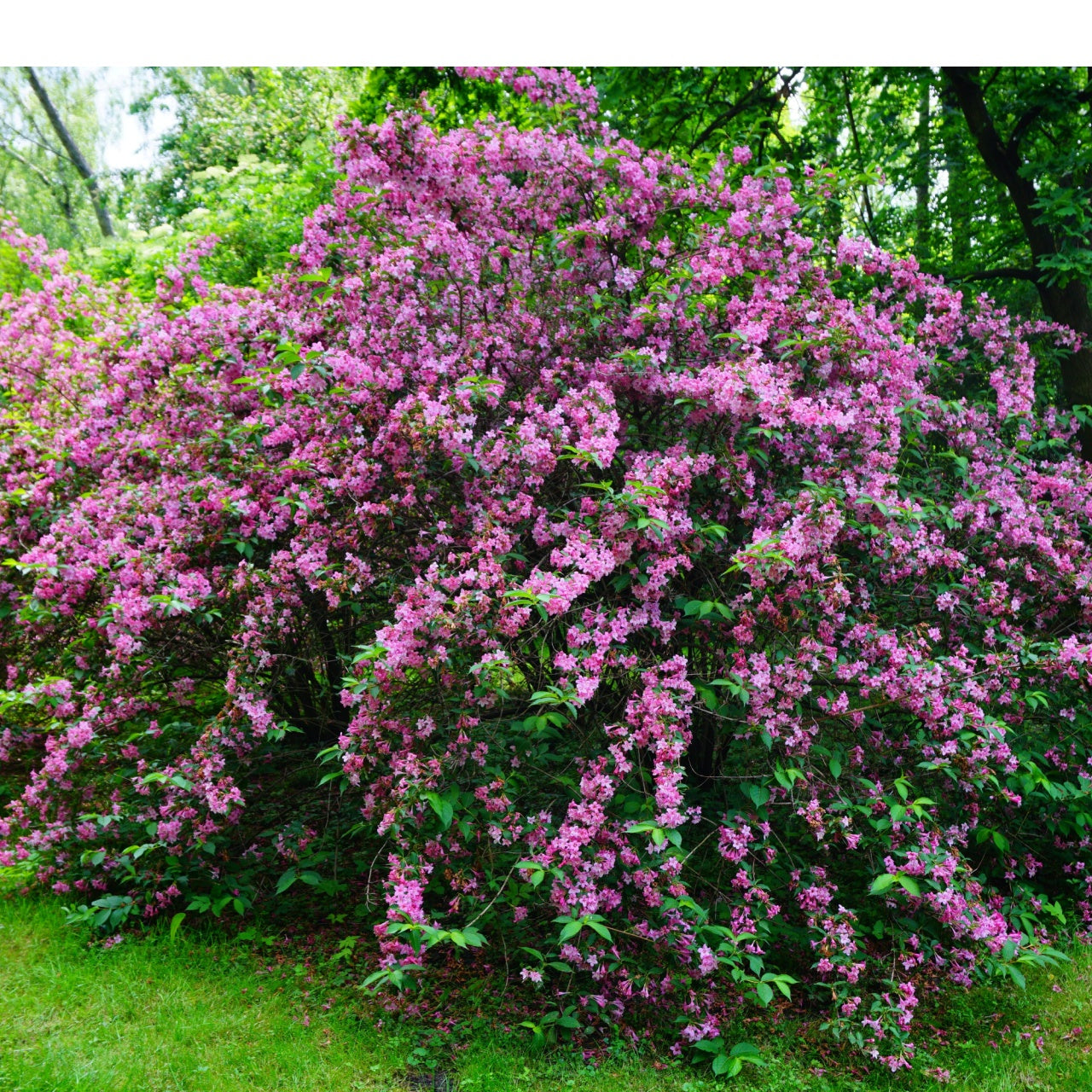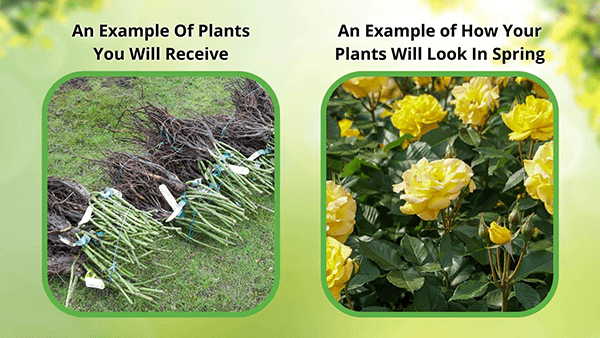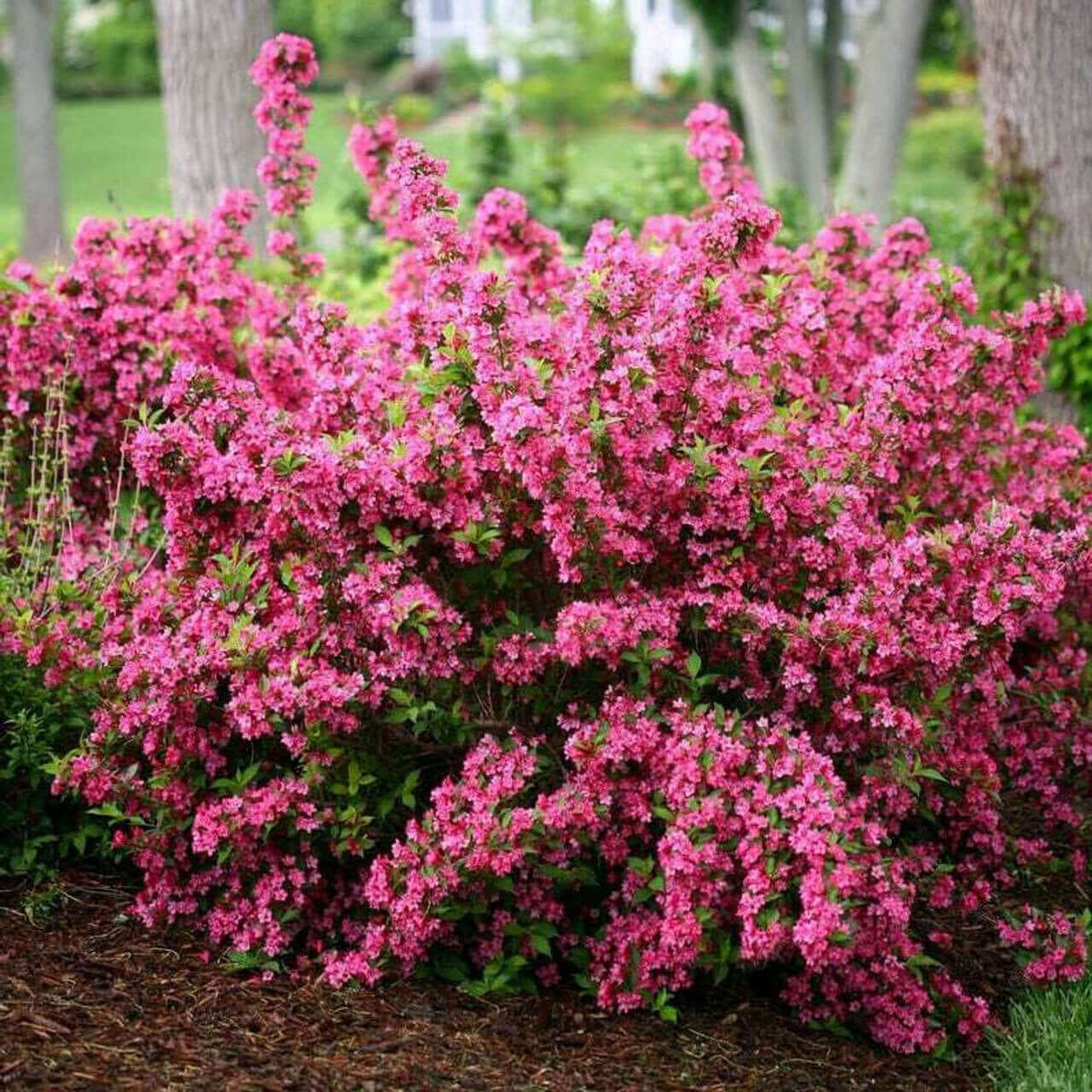Pink Weigela | Florida Weigela
Pink Weigela (Florida weigela) is a densely foliated, deciduous shrub with profuse and continuous flowering from spring until autumn. Native to North China, Korea and Japan, it grows naturally along forest edges and scrublands where it has access to full sun conditions. In the garden, this weigela produces more blooms than any other variety of weigela to date.
Naturally, the growth habit of this shrub is fountain-like in appearance; however, it will respond well to pruning. In spring, it produces ovate leaves with pointed tips and serrated edges. Soft, pliable, and lush, the foliage of this beautiful shrub embodies a comforting sentiment in the garden. As the leaves senesce in autumn, this comforting feeling turns nostalgic as the foliage transforms to a rusty shade of purple.
Plant Details - Pink Weigela (Florida Weigela)
Family: Caprifoliaceae
Hardiness Zones: 4 - 8
Light Requirement: Full sun to light shade
Water Needs: Moderate
Height: 2 - 6 ft
Spread: 3 - 6 ft
Growth Rate: Moderate to fast
Bloom Time: Late spring - early summer, with occasional rebloom in late summer
Flower Color: Shades of soft to bright pink
Wildlife Value: Attracts hummingbirds, butterflies, and bees
Flowers are produced continually in mass starting from late spring straight through to autumn on both new and old growth wood. With yellow stamens, the flowers have strikingly pink petals, creating a bright contrast to these trumpet-shaped blooms.
The beauty and profuse flowering of the Pink Weigela significantly contribute to a garden’s aesthetic appeal. Plant as a foundation focal point, in mass, or as a specimen. It is useful in a hedge or windbreak as it has a dense growth habit. The shape of the flowers is particularly attractive to hummingbirds; however, this shrub will be enjoyed by a myriad of pollinators throughout the flowering season.
Landscape Uses and Maintenance - Pink Weigela (Florida Weigela)
This shrub is easy to grow and low-maintenance. It grows well across a wide variety of soil types, growing best in well-drained, slightly acidic to neutral soil. Once established, it can be drought-tolerant. It has no pest or disease issues that are serious; it is cold-hardy and resistant to deer browsing.
No deadheading is required for this beautiful shrub; however, remove old, interior branches from the center of the plant to enhance blooming the following year. It can grow in either sun or partial shade conditions; however, full sun will yield the best flowering.
Noteworthy Characteristics of Pink Weigela
Profuse flowering, attractive to hummingbirds, easy to grow
Year after year, the profuse flowering, bright pink blooms, and green foliage of this easy-to-grow shrub will enhance the aesthetic appeal of your garden throughout the flowering season. Shop for Pink Weigela online at TN Nursery. For 68 years, we have served the landscaping industry and homeowners with specimen plants.
We create with intention. Our products solve real problems with clean design and honest materials.
Exposure
Pink Weigela thrives in full sun to part shade, with 6 hours of direct sun daily. Full sun encourages optimal blooming and vibrant foliage, while partial shade is acceptable in hotter climates to prevent leaf scorch.
Height at Maturity
Under 10 Feet
Usage
Flowering
Shipped As
Bare-root
Ships
UPS
Planting Zones
4-8
How To Grow & Care Tips
How to Grow and Care for Bare Root Shrubs
Bare root shrubs are a budget-friendly and efficient way to plant during the cooler months when they’re dormant. Before planting, soak the roots in water for 3–6 hours to rehydrate them. Choose a site with the appropriate light exposure for the species—most flowering shrubs prefer full to partial sun. Dig a hole wide enough to spread out the roots and deep enough so the crown (where the roots meet the stems) sits level with the soil surface.
Mound a bit of soil at the bottom of the hole, spread the roots over it, and backfill with native soil while gently firming it to remove air pockets. Water deeply after planting to settle the roots. Keep the soil moist but not soggy during the first growing season to encourage healthy establishment.
Mulch around the base (not touching the stems) to retain moisture and suppress weeds. Prune lightly to remove any broken branches and to shape after the first flush of growth. With minimal care, bare root shrubs will leaf out beautifully and grow into reliable, long-term landscape anchors.



